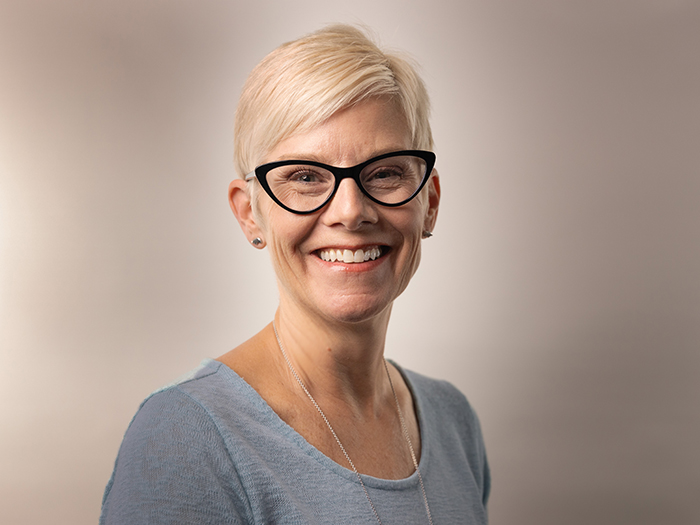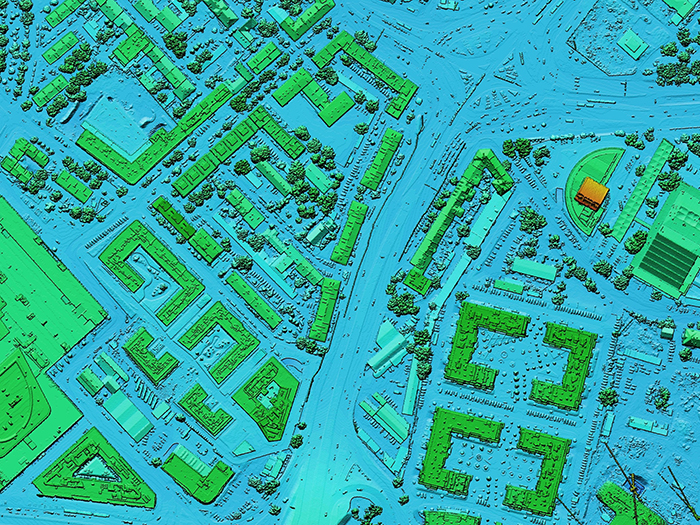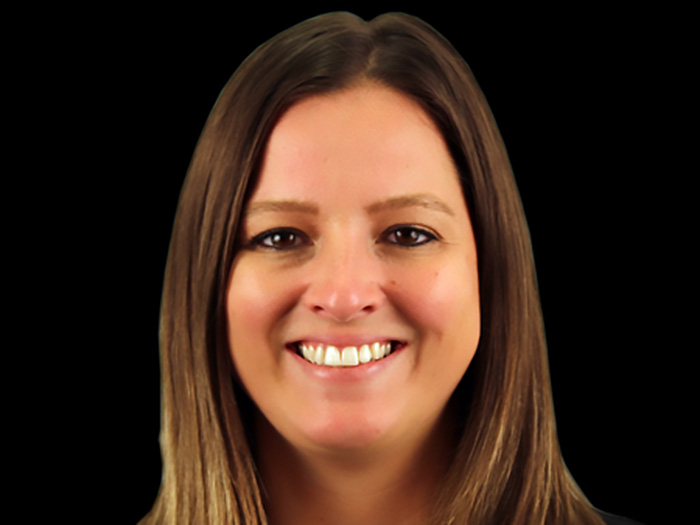Sponsored Content by Zelis
P&C Carriers Are Looking to Transition to Digital Payment Systems. Here Are the Challenges and Opportunities

It’s long been known that the property and casualty insurance industry has been a laggard when it comes to adopting new technologies. Though fields like Insurtech are helping push the industry forward, there are still many processes that the industry tends to carry out manually, rather than digitally.
One of these areas: payments. Whether it’s paying a medical provider who treated a workers’ comp patient or providing a claimant with damages after an auto accident, P&C payers often still send paper checks rather than using electronic payment systems.
“There’s still a lot of paper and a lot of manual processing that, up to this point, payers have been unable to digitize,” said Matthew Lungen, Senior Vice President at Zelis. “Property and casualty payers fall behind in a lot of ways. It is a small percentage of the overall healthcare dollar in our country, which means property & casualty doesn’t have the same level of leverage to create innovation.”
The costs of paper payments add up, however, and payers are starting to turn to electronic payments to streamline the claims payment process. There are many challenges when it comes to adopting these tools, but there are also major benefits and cost-saving opportunities. Payers who use these tools can make payments more quickly, work seamlessly with multiple vendors and providers, and rest easy knowing that secure payment systems offer them protection against fraud.
As the Cost of Paper Increases, P&C Payers Are Looking to Modernize

Matthew Lungen, Senior Vice President, Zelis
For the past few years, industries like healthcare and dental have transitioned to electronic payment systems. These tools allow them to quickly move money to pay providers, and those in the P&C space are taking note of how effective these technologies are.
“Property and casualty payers are taking notice of other verticals such as healthcare and dental that are adopting an electronic infrastructure,” Lungen said.
Beyond the speed and ease that electronic payments delivers, they can also help payers save money. Paper-based payments and communications come with a number of costs: paper, printing, stamps and other forms of postage. Inflation is increasing all of these costs — the cost of paper went up 9.7% in 2021. P&C payers stand to save a lot of money by pivoting to electronic billing.
“Inflation is a problem. The cost of paper goods is a problem. Postage continues to increase,” Lungen said.
The Challenges of Transitioning to Electronic Payments
Despite a push to move to electronic payments, some P&C payers are still behind on adopting these new technologies. P&C payers lag behind healthcare and dental payers when it comes to digital innovation.
“Many P&C payers have been operating internally for decades in the same manner,” Lungen said. “P&C payers cut and process paper checks in house and have been doing so for many years. In contrast, healthcare and dental payers have adopted electronic payments, streamlined their processes and drastically reduced costs.”
Of course, even if a payer transitions to an electronic payment process, some of the payees receiving the checks might not be ready to switch over just yet. Some medical providers, claimants, lawyers or vendors might prefer a paper check. “Some providers still want paper checks, and payers need to offer options,” Lungen said.
Differing preferences between the vendors, providers and others who receive payments means that digital payment systems need to be adaptable to these various needs. Having a set of options for how payments can be received can help payers feel confident that their electronic payment systems are built to meet the needs of all stakeholders in a claim.
“To be successful, payers need to offer a menu of choices for payees to receive payments. Payees want to be in the driver’s seat when it comes to selecting the payments process that works best for their individual business objectives. You have to be flexible and offer options,” Lungen said. “We allow the provider to control the preferences on how they get paid. We have multiple ways to digitize the payment experience.”
Robust Electronic Payment Solutions
Though payers across the P&C space want to transition to digital payments, building their own in-house platforms can take years. Rather than waiting that long, many are turning to digital payment platforms to help them innovate and modernize their payment systems.
“We are starting to see an elevated interest to innovate, and they don’t want to wait years to build an in-house solution”, Lungen said.
Zelis has helped hundreds of payers in the medical, dental and P&C verticals transition to digital payments. Its platform offers three key services — price, pay and explain — that help insurers price claims, manage digital payments and communicate with all stakeholders.
On the pricing end, the company reprices claims, saving its clients’ money in the process. For payments, Zelis’ platform allows payers to conduct transactions with providers, vendors, auto body shops, lawyers and claimants. This service is critical for P&C payers, especially those in the workers’ comp and auto verticals, who need to pay a number of different stakeholders.
“Zelis has the capability to pay any type of payee,” Lungen said. “We’ve created an infrastructure and a platform for payers to deliver digital and paper based payments and remittances to all types of payees. We also offer additional capabilities such as the ability to manage a payer’s inbound premium payment process to streamline the entire workflow.”
With cyberattacks and other forms of fraud on the rise, protecting the data of both company and customer is paramount. This is especially true when it comes to sensitive data, like medical or payment information. Zelis is HITRUST Certified and has a rigorous process for evaluating providers who enroll in the platform to verify that they are who they say they are. That way, payers who partner with the platform can be assured that their money is going to the right hands. Providers go through the same process to verify their identities whenever they want to change their payment preferences, so hackers can’t just enter the system and redirect payments.
“We’ve taken tremendous measures at Zelis to protect our customers’ data and provide fraud mitigation,” Lungen said. “Our customers can rest knowing that their data is secured, and all the processing is done in-house. We’ve taken the necessary measures to protect it.”
Of course, every provider or vendor will have different preferences for how they’re paid. Zelis’ service offers a menu of options, so each and every stakeholder that a payer sends money and data to is satisfied with the experience.
In order to cultivate lasting customer relationships, P&C payers must create positive payment experiences that cater to everyone. P&C payers must be equipped to accommodate sub-populations with distinct needs. Providing tailored services to these groups optimizes retention and enhances a positive experience for every stakeholder.
Zelis has integrated these services into the payment function to ensure that P&C payers are engaging broader, more diverse and complex populations in the payment process. Our customized approach enhances customer and payee satisfaction and guarantees that every stakeholder experiences a convenient, personalized touch when making payments.
“We’ve created a platform that gives the payee, the recipient, a choice of how to receive payments and remittance data. It is not one-size-fits-all,” Lungen said. “Larger providers or claimants might want something different than a mom-and-pop provider. We offer a full menu of choices, because Zelis’ primary objective is to create a long-term and rewarding payments experience for all stakeholders.”
To learn more, visit: https://www.zelis.com/company/
This article was produced by the R&I Brand Studio, a unit of the advertising department of Risk & Insurance, in collaboration with Zelis. The editorial staff of Risk & Insurance had no role in its preparation.










